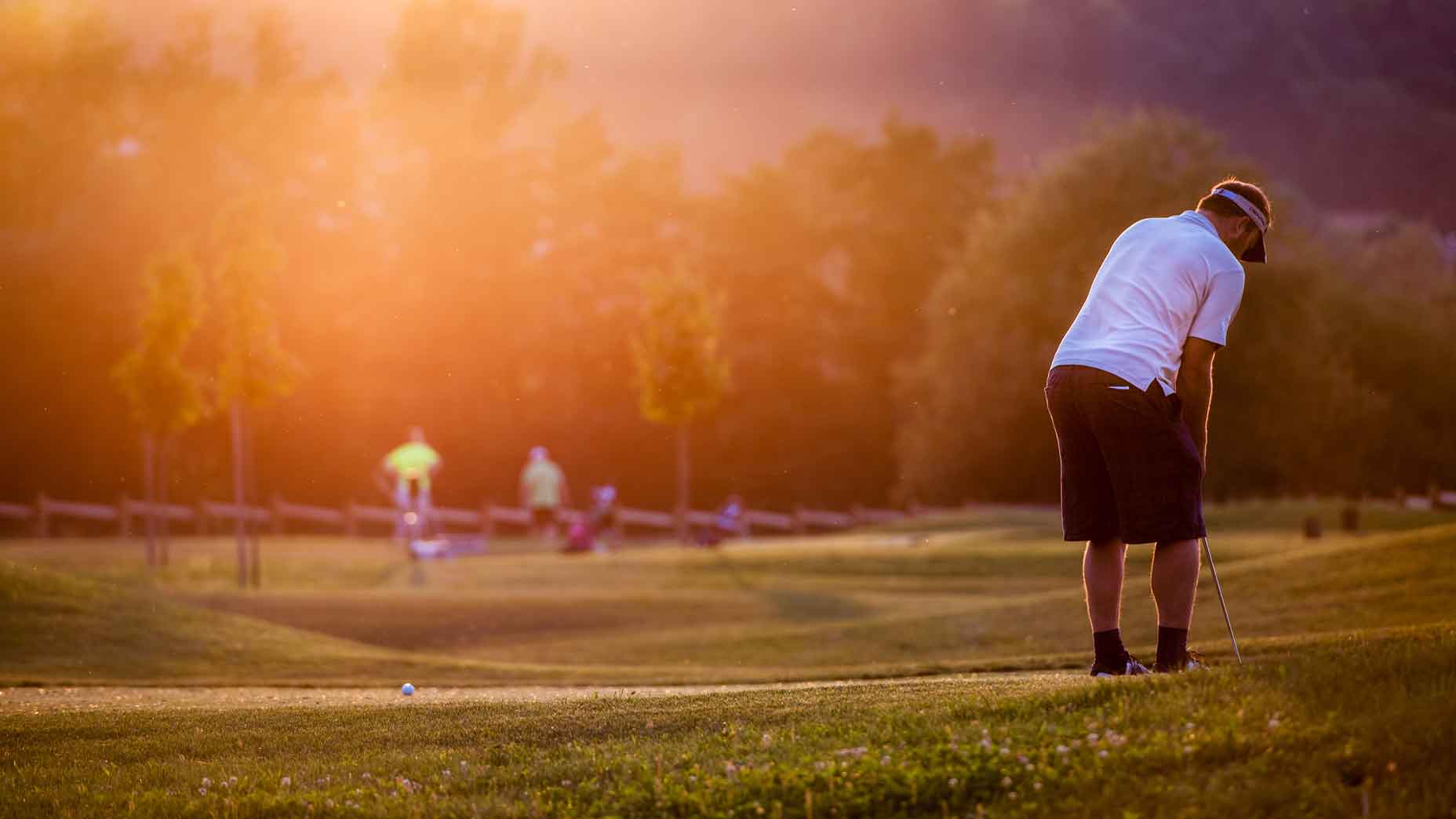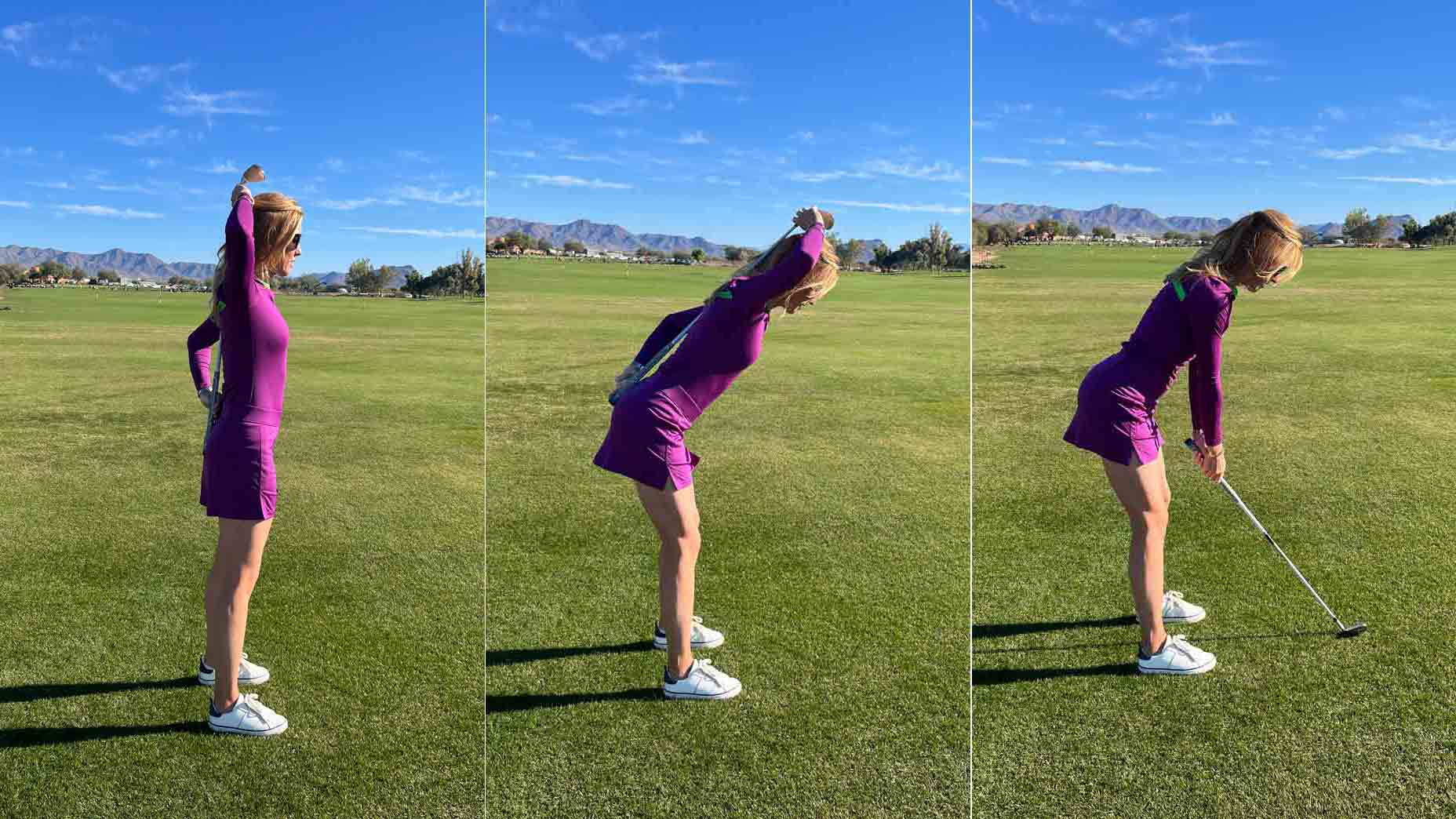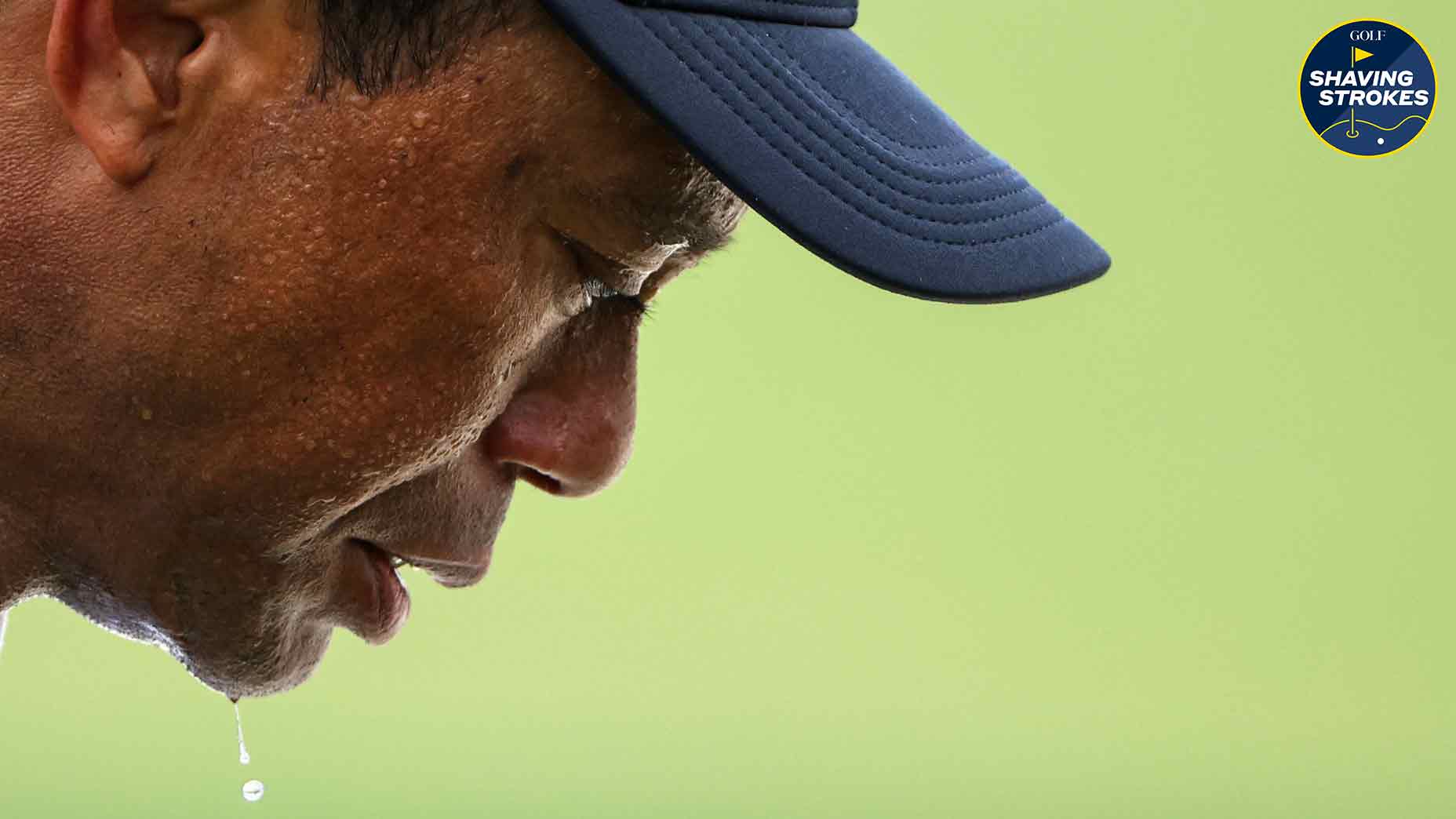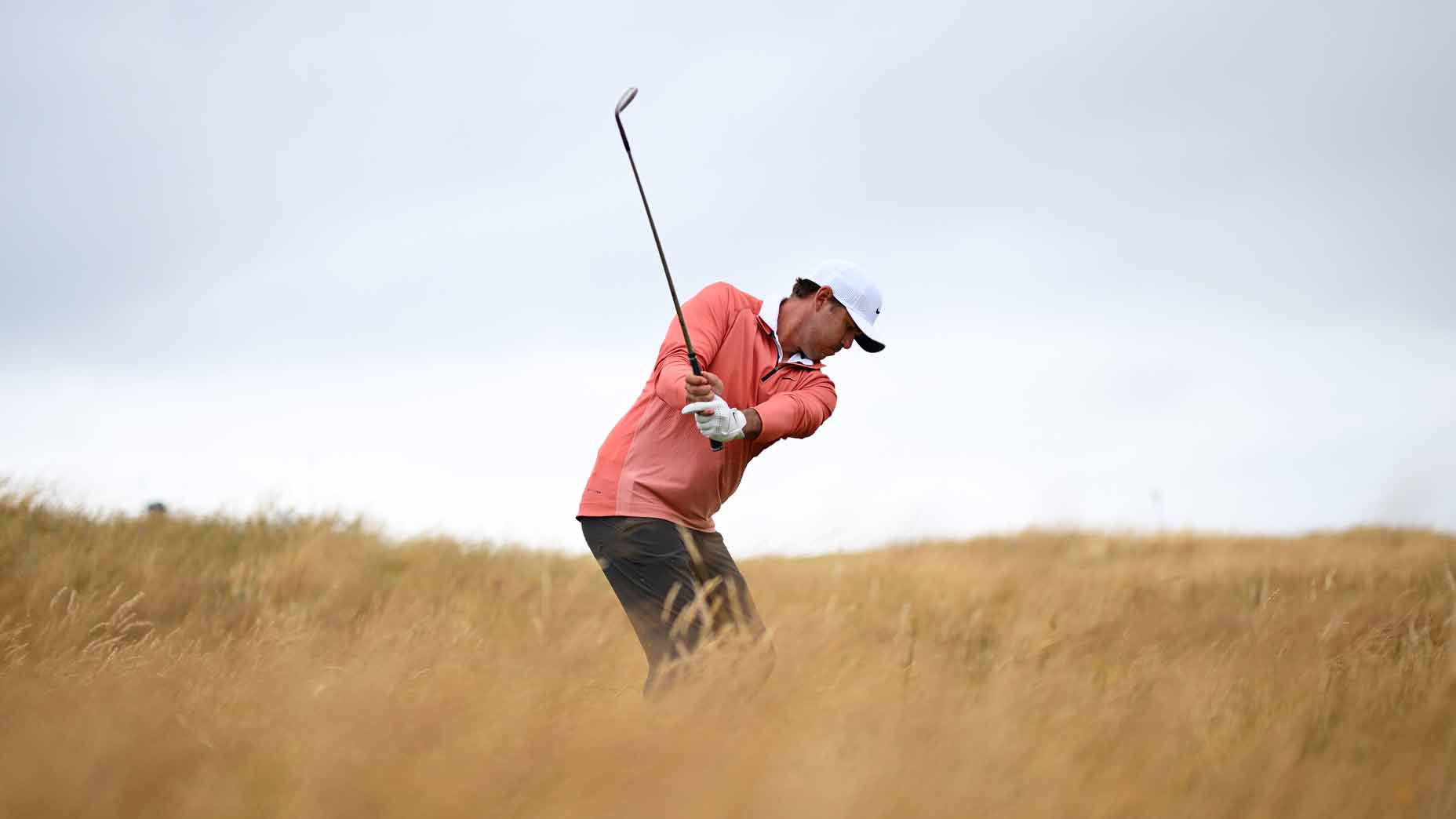10 short game changes to help get you closer to the cup

GOLF Top 100 Teacher Kellie Stenzel provides her 10 most important short game setup changes that can help improve your scores.
Getty Images
Some days you will hit the ball better than others — that’s the nature of golf.
On the days you hit the ball well and your short game is good, you will likely have a good score and a fun day. On the days you do not strike the ball as well, if your short game can save you, you can have a well-rounded game and survive a less-than-perfect ball-striking day. There are also little tweaks you can make. Putt whenever you can. Chip when you cannot putt. Pitch only when you have to. You can also use the setup adjustments below to control your ball flight and distance.
Not all setup changes have to be huge, but with some basic understanding, you can not only play smarter but more efficiently. Almost all adjustments will change the ball flight in some way. If you can better understand, “if this, then that….” you will simplify your short game and know how to adjust as you go.
1. Small distance, small setup
You can and should use your setup to make smaller swings and strokes to have the ball travel shorter.
Shorter shots require smaller swings. It is so much easier to make a smaller motion if you grip lower on the handle and narrow you stance.
The shorter lever will deliver less power and the more narrow stance will help you to limit backswing size.
You should be able to tell that a golfer is going to make a smaller motion by their setup before they swing.
2. Large distance, large setup
The farther you want to hit your wedges, the larger the swing needed. Your setup should once again reflect this larger swing. Holding full length on the grip of the club and having a wider stance will help to create more power and the ability to take the necessary larger swing.

3. Posture key for contact and loft
When chipping and pitching, I still like to see my students in fundamental golf posture where the bend is from the hips so that the arms can hang with the hands directly below the shoulders.
And while this may sound too basic, it is amazing to me how many golfers have great posture in their full swing and not in their short game.
The same correct posture will help you to not only hit the ball in the center of the club face, but launch the ball nicely and promote a correct swing path.
Check to see that your short-game posture reflects that of your full swing.
4. Ball position: Left for loft
Many short game shots will be hit with the club in the center of the stance. Ball position can be adjusted to increase the loft and the launch. If you play your ball more forward — often needing a good lie to do so successfully — the effective loft will be greater, producing a higher and softer-landing pitch shot. A nice way to remember this, and it only works for right-handed golfers, is “left for loft.”
As you position the ball more forward, be mindful to still allow the end of the grip of the club to point to the center of your body, which will increase loft and bounce.
I like to use alignment sticks at a right angle to help better understand how these ball-position changes, small or large, help to adjust ball flight.
5. Ball position: Right for roll
Ball position can also be adjusted to decrease the loft at impact and produce more roll. Playing the ball farther back in your stance, or to the right for a right-handed golfer, will decrease the loft of the club due to the slight shaft lean forward. When you position the golf ball more back in your stance, be mindful to not lean the shaft more forward than the center of the body as this can cause the club to dig excessively at impact with the ground.
For right-handed golfers, you can help to remember this with “right for roll.”
6. Lean left for lower
Leaning left, once again for a right-handed golfer, will decrease the loft of the face of the club and produce lower ball flight and more roll. This same setup adjustment can be used for all of your shots and can be great when you might need to keep the ball flight lower to pass underneath tree branches.
7. Thumbs up: higher
When pitching the ball, you can create more loft by adding hinge so that your thumbs point up on the back and forward swing. Adding this hinge will add some moving parts and potentially some risk, but should you need to launch the ball so that it sits down very quickly, this is a great option.

8. Thumbs down: lower
When you want lower flight and more release and roll on chip shots, keeping your thumbs pointing down to the ground will create a more shallow approach and more square contact, conducive to the desired releasing ball flight.
9. Grip changes impact release
The way you place your hands on the club will directly affect the face and the release.
Turning your hands more toward the target to start will open the face slightly, producing a higher ball flight that launches and sits.
Turning your hands away from the target as you grip the club will tend to close the face at impact, producing a lower and rolling flight due to the greater potential release and rotation of the face.
10. Backswing path will affect distance
When you make a backswing that is more straight back, with less rotation, the ball will tend to go higher and shorter with your wedges.
A backswing that has more curve, which will make your body turn, will create more shallowness to your swing and result in more distance and power. So remembere: Straighter back for higher and shorter, more curved and turned for lower and farther.










